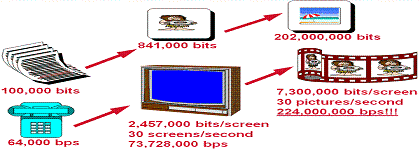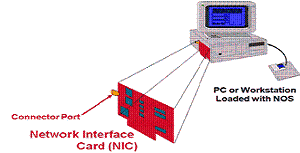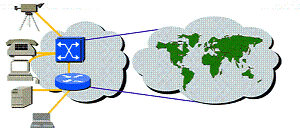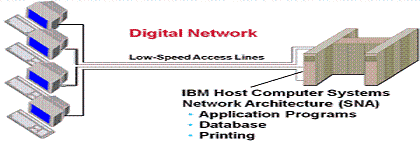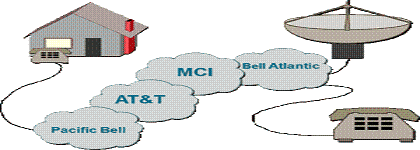Networking Basic
This lesson covers the very basics of networking. We’ll start with a little history that describes how the networking industry evolved. We’ll then move on to a section that describes how a LAN is built: essentially the necessary components (like NIC cards and cables). We then cover LAN topologies. And finally we’ll discuss the key networking devices: hubs, bridges, switches, and routers.
This module is an overview only. It will familiarize you with much of the vocabulary you hear with regards to networking. Some of these concepts are covered in more detail in later lessons
Let’s now take a look at some of the devices that move traffic around the network. The approach taken in this section will be simple. As networking technology
You may hear the word topology used with respect to networks. “Topology” refers to the physical arrangement of network components and media within an enterprise networking structure. There
Super servers, high-capacity workstations, and multimedia applications have also fueled the need for higher capacity bandwidths. The examples on abow image shows that the need for throughput capacity
Cable is the actual physical path upon which an electrical signal travels as it moves from one component to another. Transmission protocols determine how NIC cards take turns
In the previous section, we discussed how networking evolved and some of the problems involved in the transmission of data such as conflict and multiple terminals. In this
Example:- Using all the technology available, companies were able to team up with the phone company and tie branch offices to the headquarters. The speeds of data transfer
In the 1960’s and 1970’s, traditional computer communications centered around the mainframe host. The mainframe contained all the applications needed by the users, as well as file management,
Early networks From a historical perspective, electronic communication has actually been around a long time, beginning with Samuel Morse and the telegraph. He sent the first telegraph message



